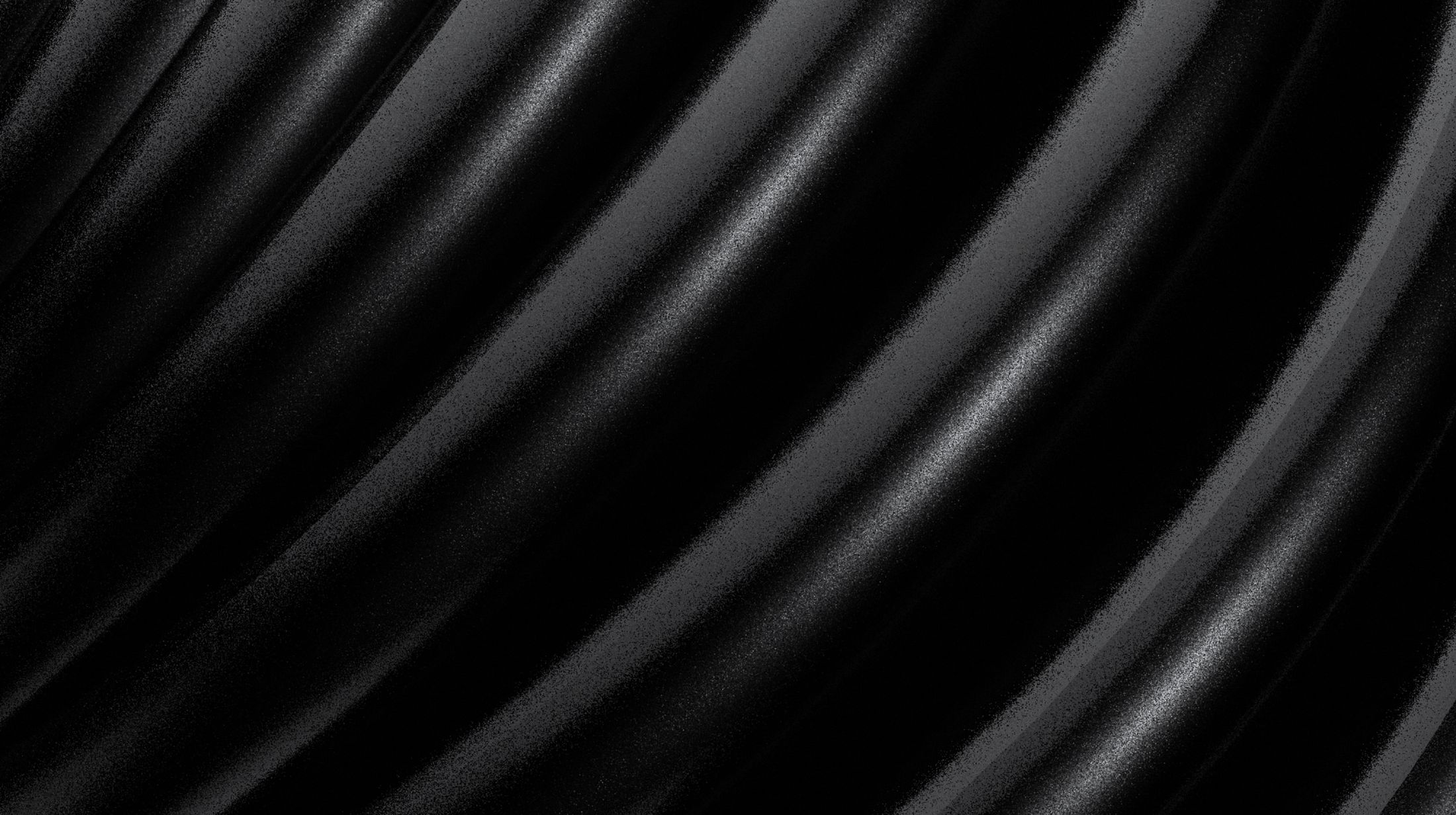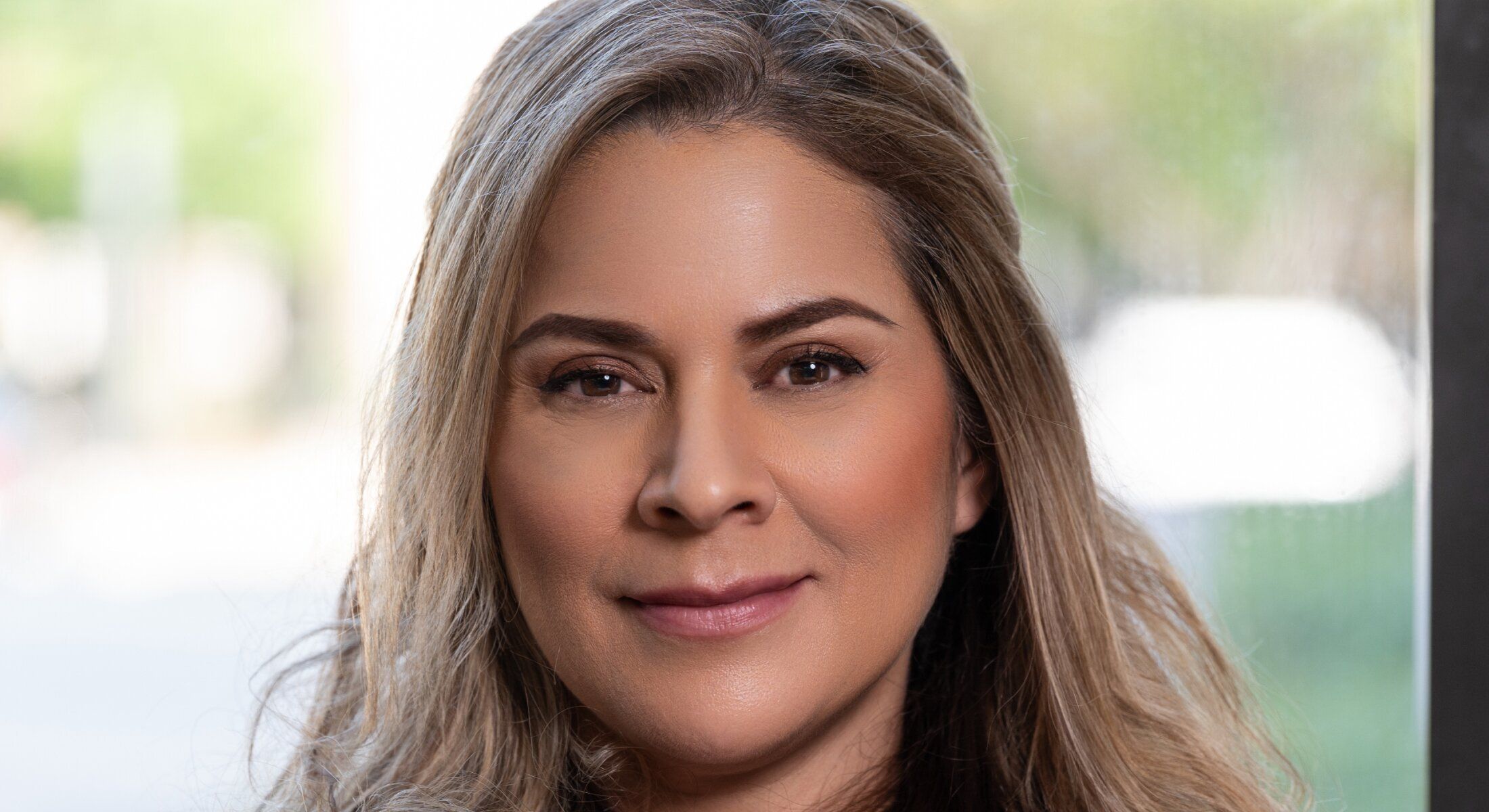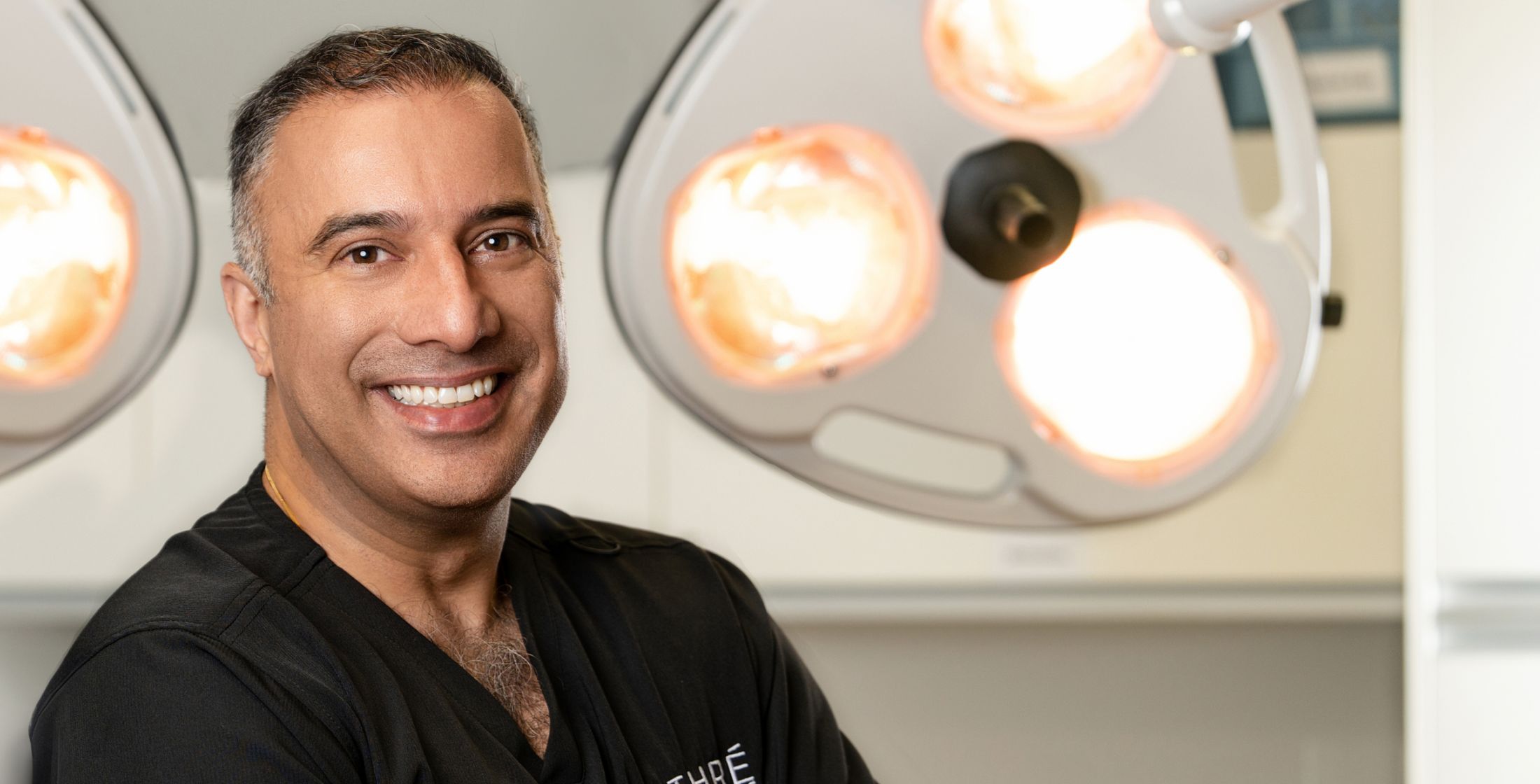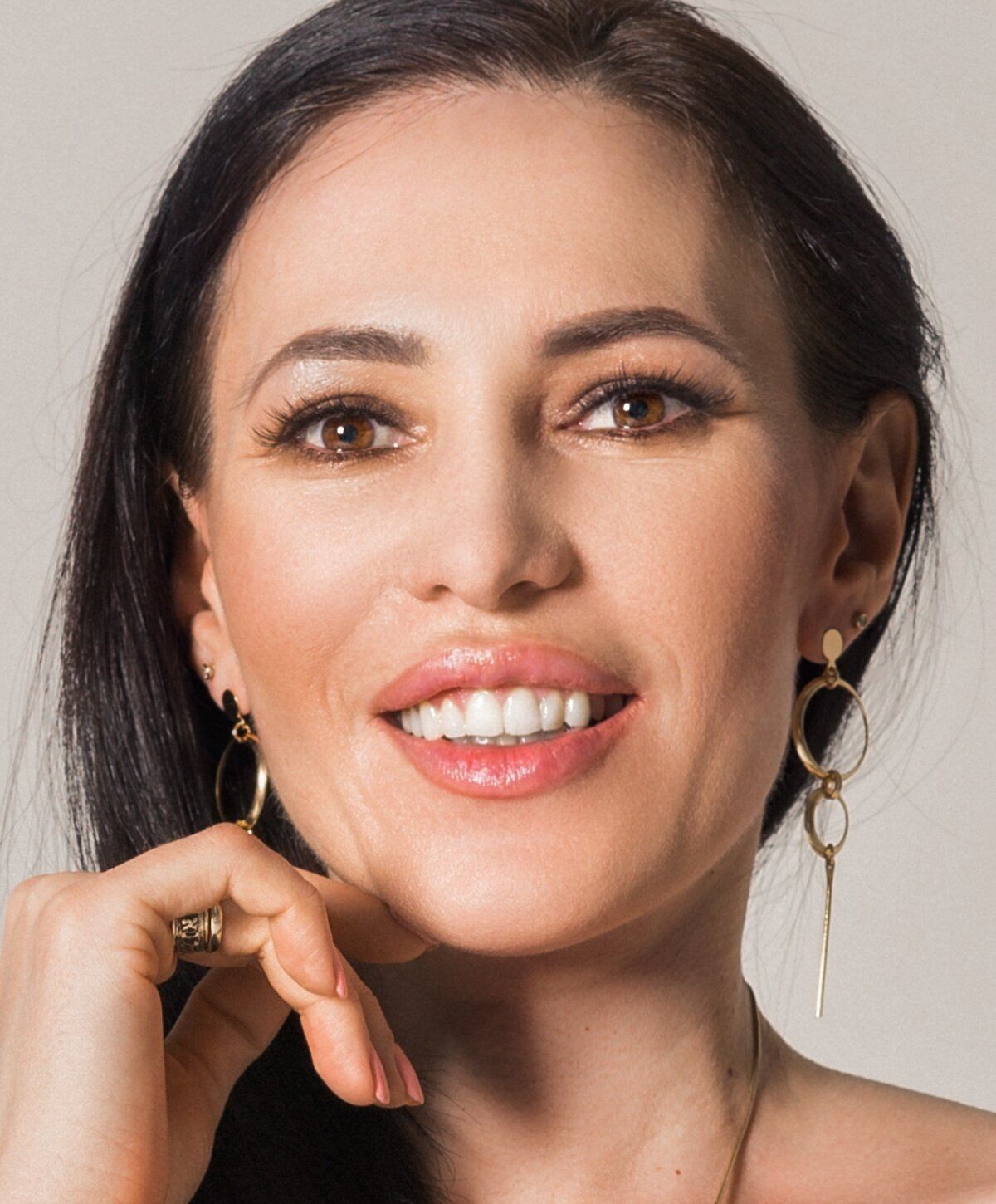



Heavy upper eyelids can make you look aged and tired. Our Houston upper blepharoplasty can help you look younger and more alert, and may even improve your vision. Dr. Athré’s training and attention to detail make him uniquely qualified for eyelid surgery. Dr. Athré’s initial background as a reconstructive surgeon allows him to truly understand the finest nuances of your eye with respect to shape, size, and natural contours to deliver the most natural results without scarring.

1 of 29
Upper blepharoplasty goes by many names including upper eyelid surgery, upper eyelid lift, and eyelid lift surgery. The purpose of upper eyelid blepharoplasty is to rejuvenate the upper eyelid complex, or to enhance the functional and cosmetic function of the upper eyelid.
As we age, our skin loses important structural proteins. These structural proteins allow skin to become lax, loose, and thin. The tissues underneath the skin also lose important structural components and push against the skin, making the problem worse. The upper and lower eyelids are one location where this is very evident. The result is fullness in the upper eyelid, droopy upper eyelids, or saggy upper eyelids. Patients with heavy upper eyelids often get questions like, “Are you tired?”, “Are you feeling well?,” or “Are you angry?”
A blepharoplasty procedure removes the excess skin and excess fat and creates a softer, more open eyelid. This in turn makes the eyes look more open, and most patients state that others around them tell them that they look more awake, alert, and happy.
Special Cases
There are a few special types of upper eyelid surgery including:
Click here to learn more about special cases of upper eyelid surgery.
The surgery first starts with marking the natural crease of the upper eyelid. Once the crease is marked, the amount of skin to be excised is carefully examined, measured, and marked.
Click here to see a video of upper eyelid blepharoplasty marking.
Once the markings are complete, the skin and deeper tissues are anesthetized. The anesthesia that is injected serves to numb the tissues but also causes vasoconstriction to minimize bleeding.
In the surgery, the excess skin is removed, and fat that has herniated under the excess skin is also removed. The skin is finally closed with a suture that is carefully placed under the skin to minimize scarring and the formation of milia.
Anesthesia
Almost all upper blepharoplasty procedures are done under local anesthesia. The upper eyelid is actually not a very sensitive area. It is very easy to anesthetize using local anesthesia. Click here to watch a video of injecting local anesthesia into the eyelid.
If upper blepharoplasty is being done with other procedures such as a brow lift, a facelift, or lower eyelid blepharoplasty, the anesthesia technique being used for the adjunctive procedure is also used for the upper eyelid. For example, if a patient is undergoing a facelift and an upper blepharoplasty, most likely the patient will be undergoing local anesthesia with oral sedation for the facelift. Therefore, the same (local anesthesia with oral sedation) will be used for the upper blepharoplasty.

Considering upper blepharoplasty to address drooping eyelids or a hooded appearance? This procedure offers more than just aesthetic improvements. Here's a closer look at the benefits that make upper blepharoplasty a worthwhile option:

Thinking about upper blepharoplasty? A consultation with Dr. Athré is the best way to determine candidacy. Here's a general guide:
Good Candidates for Upper Blepharoplasty:
Individuals with certain medical conditions may not be candidates for upper blepharoplasty. Dr. Athré will review your medical history during your consultation.
Upper blepharoplasty offers a relatively quick recovery compared to more extensive facial procedures. Here's what you can expect:
Upper blepharoplasty removes excess skin and/or tightens underlying muscles, creating a more open and youthful eye shape. This brightens your entire face and reduces the appearance of tiredness or fatigue. Modern upper blepharoplasty techniques offer long-lasting results. While individual results may vary, the effects of a successful upper blepharoplasty can be enjoyed for 10-15 years or even longer.


Upper blepharoplasty addresses several age-related concerns in the upper eyelid area:
The risks are:
These risks are extremely rare in Dr. Athré’s patients.
Upper blepharoplasty is one of the most versatile plastic surgery procedures that can be combined with other procedures. The most common procedures that are performed together with an upper blepharoplasty are:
The eyes form a complex, and normally the upper and lower eyelids are rejuvenated together. This allows rejuvenation of the eyelids as a unit. Lower blepharoplasty addresses excess lower eyelid skin and the fat bags of the under-eye region.
Falling of the brow and brow tissues can also cause fullness and hooding in the upper eyelid region.
Many patients who are ready for a facelift will also have aging of the upper eyelid complex. An upper blepharoplasty is the most common procedure performed along with a facelift in our office.